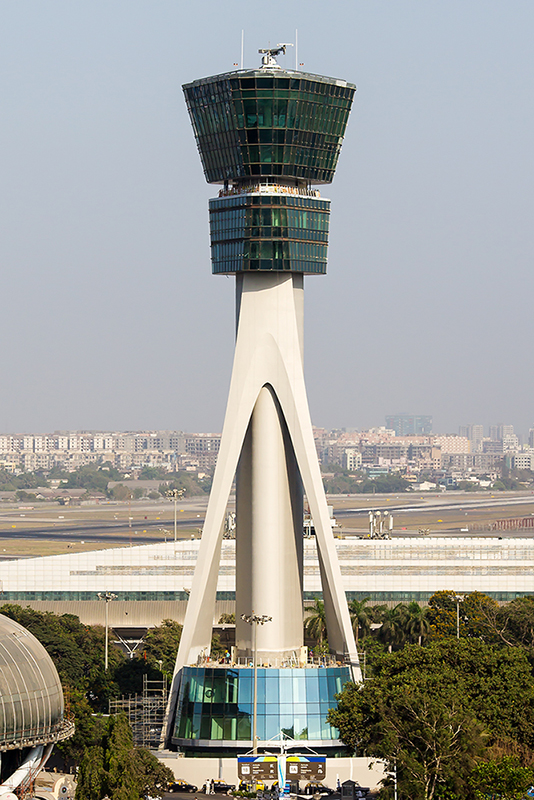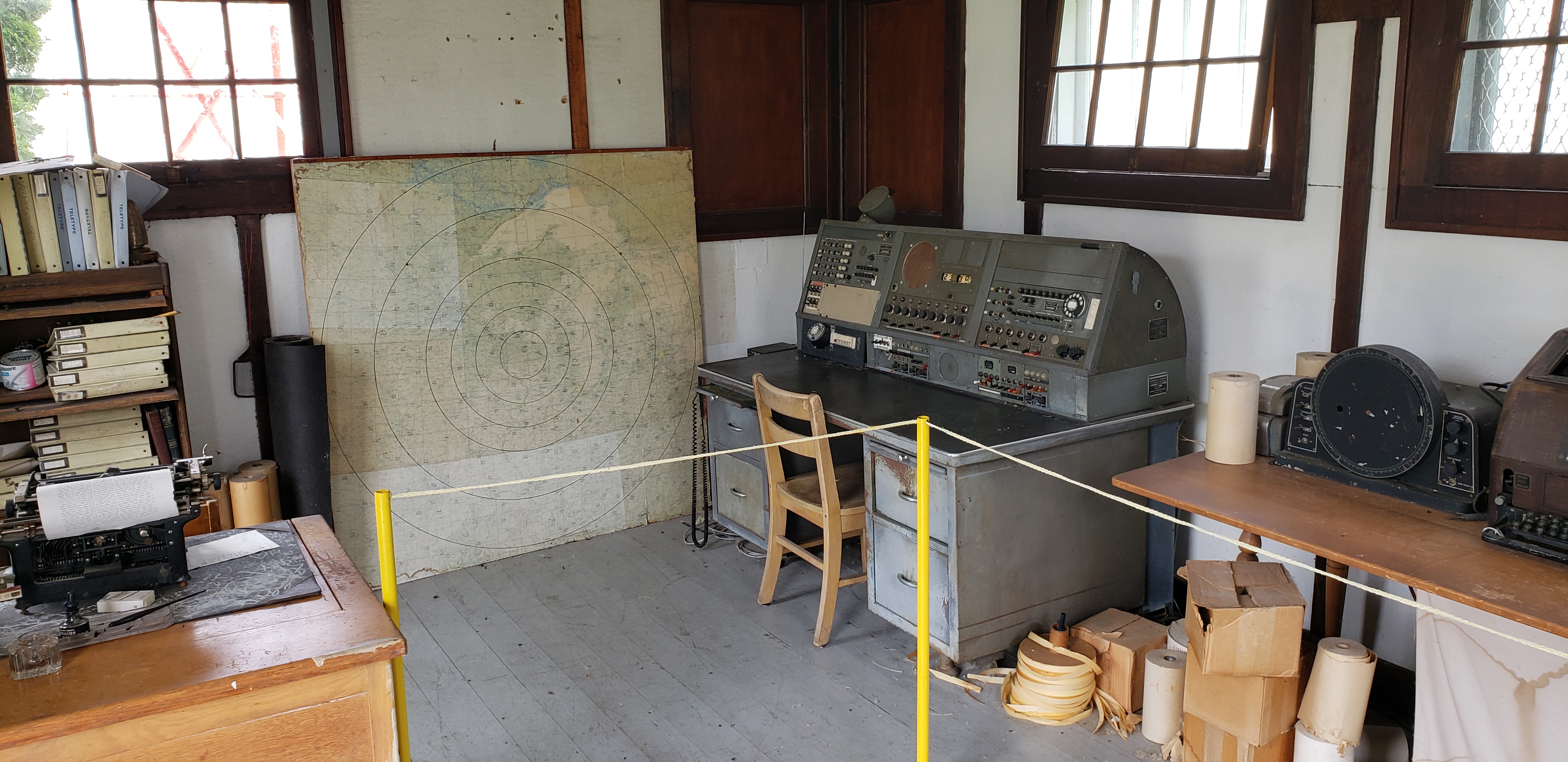|
Aeronautical Information Service
The Aeronautical Information Service, or AIS (French: , SIA) is a service established in support of international civil aviation, whose objective is to ensure the flow of information necessary for the safety, regularity, and efficiency of international air navigation. The manner in which aeronautical information is gathered and managed is governed by Annex 15 to the Convention on International Civil Aviation (ICAO Annex 15), which defines how an aeronautical information service shall receive and/or originate, collate or assemble, edit, format, publish/store and distribute specified aeronautical information/data. The goal is to satisfy the need for uniformity and consistency in the provision of aeronautical information/data that is required for operational use by international civil aviation. ICAO Annex 15 specifies that aeronautical information should be published as an integrated aeronautical information package (IAIP), composed of the following elements: * The Aeronautical Infor ... [...More Info...] [...Related Items...] OR: [Wikipedia] [Google] [Baidu] [Amazon] |
Convention On International Civil Aviation
The Convention on International Civil Aviation, also known as the Chicago Convention, established the International Civil Aviation Organization (ICAO), a specialized agency of the United Nations charged with coordinating international air travel. The convention establishes rules of airspace, aircraft registration and safety, security, and sustainability, and details the rights of the signatories in relation to air travel. The convention also contains provisions pertaining to taxation. The document was signed on December 7, 1944, in Chicago by 52 signatory states. It received the requisite 26th ratification on March 5, 1947, and went into effect on April 4, 1947, the same date that ICAO came into being. In October of the same year, ICAO became a specialized agency of the United Nations Economic and Social Council (ECOSOC). The convention has since been revised eight times (in 1959, 1963, 1969, 1975, 1980, 1997, 2000 and 2006). the Chicago Convention had 193 state parties, wh ... [...More Info...] [...Related Items...] OR: [Wikipedia] [Google] [Baidu] [Amazon] |
Area Navigation
Area navigation (RNAV, usually pronounced as ) is a method of instrument flight rules (IFR) navigation that allows aircraft to fly along a desired flight path, rather than being restricted to routes defined by ground-based navigation beacons. The acronym RNAV originally stood for "random navigation," reflecting the initial concept of flexible routing, though the term now refers to a precisely defined and controlled method. This flexibility enables more direct routes, potentially saving flight time and fuel, reducing congestion, and facilitating flights to airports lacking traditional navigation aids. RNAV achieves this by integrating information from various navigation sources, including ground-based beacons (station-referenced navigation signals), self-contained systems like inertial navigation, and satellite navigation (like GPS). In the United States, RNAV was developed in the 1960s, and the first such routes were published in the 1970s. In January 1983, the Federal Aviati ... [...More Info...] [...Related Items...] OR: [Wikipedia] [Google] [Baidu] [Amazon] |
Civil Aviation
Civil aviation is one of two major categories of flying, representing all non-military and non-state aviation, which can be both private and commercial. Most countries in the world are members of the International Civil Aviation Organization and work together to establish common Standards and Recommended Practices for civil aviation through that agency. Civil aviation includes three major categories: * Airline, Commercial air transport, including scheduled and non-scheduled passenger and cargo flights * Aerial work, in which an aircraft is used for specialized services such as agriculture, photography, surveying, search and rescue, etc. * General aviation (GA), including all other civil flights, private or commercial Although scheduled air transport is the larger operation in terms of passenger numbers, GA is larger in the number of flights (and flight hours, in the U.S.) In the U.S., GA carries 166 million passengers each year, more than any individual airline, though less tha ... [...More Info...] [...Related Items...] OR: [Wikipedia] [Google] [Baidu] [Amazon] |
Aviation Safety Organizations
Aviation includes the activities surrounding mechanical flight and the aircraft industry. ''Aircraft'' include fixed-wing and rotary-wing types, morphable wings, wing-less lifting bodies, as well as lighter-than-air aircraft such as hot air balloons and airships. Aviation began in the 18th century with the development of the hot air balloon, an apparatus capable of atmospheric displacement through buoyancy. Clément Ader built the "Ader Éole" in France and made an uncontrolled, powered hop in 1890. This was the first powered aircraft, although it did not achieve controlled flight. Some of the most significant advancements in aviation technology came with the controlled gliding flying of Otto Lilienthal in 1896. A major leap followed with the construction of the ''Wright Flyer'', the first powered airplane by the Wright brothers in the early 1900s. Since that time, aviation has been technologically revolutionized by the introduction of the jet engine which enabled aviation ... [...More Info...] [...Related Items...] OR: [Wikipedia] [Google] [Baidu] [Amazon] |
Air Traffic Control
Air traffic control (ATC) is a service provided by ground-based air traffic controllers who direct aircraft on the ground and through a given section of controlled airspace, and can provide advisory services to aircraft in non-controlled airspace. The primary purpose of ATC is to prevent collisions, organise and expedite the flow of traffic in the air, and provide information and other support for pilots. Personnel of air traffic control monitor aircraft location in their assigned airspace by radar and communicate with the pilots by radio. To prevent collisions, ATC enforces Separation (air traffic control), traffic separation rules, which ensure each aircraft maintains a minimum amount of 'empty space' around it at all times. It is also common for ATC to provide services to all General aviation, private, Military aviation, military, and commercial aircraft operating within its airspace; not just civilian aircraft. Depending on the type of flight and the class of airspace, AT ... [...More Info...] [...Related Items...] OR: [Wikipedia] [Google] [Baidu] [Amazon] |
EUROCONTROL
The European Organisation for the Safety of Air Navigation, commonly known as Eurocontrol (stylised ''EUROCONTROL''), is an international organisation working to achieve safe and seamless air traffic management across Europe. Founded in 1963, Eurocontrol currently has 42 member states with headquarters in Brussels, Belgium. It has several local sites as well, including an Innovation Hub in Brétigny-sur-Orge, France, the Aviation Learning Centre (ALC) in Luxembourg, and the Maastricht Upper Area Control Centre (MUAC) in Maastricht, Netherlands, the Netherlands. The organisation employs approximately two thousand people, and operates with an annual budget in excess of half a billion euros. Although Eurocontrol is not an agency of the European Union, the EU has delegated parts of its Single European Sky regulations to Eurocontrol, making it the central organisation for coordination and planning of air traffic control for all of Europe. The EU itself is a signatory of Eurocontrol and ... [...More Info...] [...Related Items...] OR: [Wikipedia] [Google] [Baidu] [Amazon] |
Flight Service Station
A flight service station (FSS) is an air traffic facility that provides information and services to aircraft pilots before, during, and after flights, but unlike air traffic control (ATC), is not responsible for giving instructions or clearances or providing separation. They do, however, relay clearances from ATC for departure or approaches. The people who communicate with pilots from an FSS are referred to as flight service specialists. The precise services offered by stations vary by country, but typical FSS services may include providing preflight briefings including weather and notices to airmen (NOTAMs); filing, opening, and closing flight plans; monitoring navigational aids (NAVAIDs); collecting and disseminating pilot reports (PIREPs) and airport surface weather observations; offering traffic advisories to aircraft on the ground or in flight; relaying instructions or clearances from air traffic control; relaying information from or about airborne aircraft to their home bas ... [...More Info...] [...Related Items...] OR: [Wikipedia] [Google] [Baidu] [Amazon] |
Air Traffic Management
file:ATMANS.png, 334x334px, Air traffic management (ATM) aims at ensuring the safe and efficient flow of air traffic. It encompasses three types of services: * air traffic services (ATS) including air traffic control (ATC), air traffic advisory services, flight information services and alerting services, * airspace management (ASM), the purpose of which is to allocate Airway (aviation), air routes, zones, flight levels to different airspace users and the airspace structure, and * air traffic flow and capacity management (ATFCM) (or Air Traffic Flow Management, ATFM) consisting in regulating the flow of aircraft as efficiently as possible in order to avoid congestion in airspace and airports. The Convention on International Civil Aviation, Chicago Convention 1944 (52 signatory states) required each state to provide air navigation services for their own state and early air navigation service providers (ANSPs) were state-controlled monopolies. En-route navigation is still offered by ... [...More Info...] [...Related Items...] OR: [Wikipedia] [Google] [Baidu] [Amazon] |
Required Navigation Performance
Required navigation performance (RNP) is a type of performance-based navigation (PBN) that allows an aircraft to fly a specific path between two 3D-defined points in space. Navigation precision Area navigation, Area navigation (RNAV) and RNP systems are fundamentally similar. The key difference between them is the requirement for on-board performance monitoring and alerting. A navigation specification that includes a requirement for on-board navigation performance monitoring and alerting is referred to as an RNP specification. One not having such a requirement is referred to as an RNAV specification. Therefore, if ATC radar monitoring is not provided, safe navigation in respect to terrain shall be self-monitored by the pilot and RNP shall be used instead of RNAV. RNP also refers to the level of performance required for a specific procedure or a specific block of airspace. An RNP of 10 means that a navigation system must be able to calculate its position to within a circle with ... [...More Info...] [...Related Items...] OR: [Wikipedia] [Google] [Baidu] [Amazon] |
Air Traffic Control
Air traffic control (ATC) is a service provided by ground-based air traffic controllers who direct aircraft on the ground and through a given section of controlled airspace, and can provide advisory services to aircraft in non-controlled airspace. The primary purpose of ATC is to prevent collisions, organise and expedite the flow of traffic in the air, and provide information and other support for pilots. Personnel of air traffic control monitor aircraft location in their assigned airspace by radar and communicate with the pilots by radio. To prevent collisions, ATC enforces Separation (air traffic control), traffic separation rules, which ensure each aircraft maintains a minimum amount of 'empty space' around it at all times. It is also common for ATC to provide services to all General aviation, private, Military aviation, military, and commercial aircraft operating within its airspace; not just civilian aircraft. Depending on the type of flight and the class of airspace, AT ... [...More Info...] [...Related Items...] OR: [Wikipedia] [Google] [Baidu] [Amazon] |
ICAO
The International Civil Aviation Organization (ICAO ) is a specialized agency of the United Nations that coordinates the principles and techniques of international air navigation, and fosters the planning and development of international scheduled air transport, air transport to ensure safe and orderly growth. The ICAO headquarters are located in the Quartier international de Montréal of Montreal, Quebec, Canada. The ICAO Council adopts standards and recommended practices concerning air navigation, its infrastructure, flight inspection, prevention of unlawful interference, and facilitation of border-crossing procedures for international civil aviation. ICAO defines the protocols for Aviation accidents and incidents, air accident investigation that are followed by :Organizations investigating aviation accidents and incidents, transport safety authorities in countries signatory to the Convention on International Civil Aviation. The Air Navigation Commission (ANC) is the techn ... [...More Info...] [...Related Items...] OR: [Wikipedia] [Google] [Baidu] [Amazon] |
Civil Aviation
Civil aviation is one of two major categories of flying, representing all non-military and non-state aviation, which can be both private and commercial. Most countries in the world are members of the International Civil Aviation Organization and work together to establish common Standards and Recommended Practices for civil aviation through that agency. Civil aviation includes three major categories: * Airline, Commercial air transport, including scheduled and non-scheduled passenger and cargo flights * Aerial work, in which an aircraft is used for specialized services such as agriculture, photography, surveying, search and rescue, etc. * General aviation (GA), including all other civil flights, private or commercial Although scheduled air transport is the larger operation in terms of passenger numbers, GA is larger in the number of flights (and flight hours, in the U.S.) In the U.S., GA carries 166 million passengers each year, more than any individual airline, though less tha ... [...More Info...] [...Related Items...] OR: [Wikipedia] [Google] [Baidu] [Amazon] |









